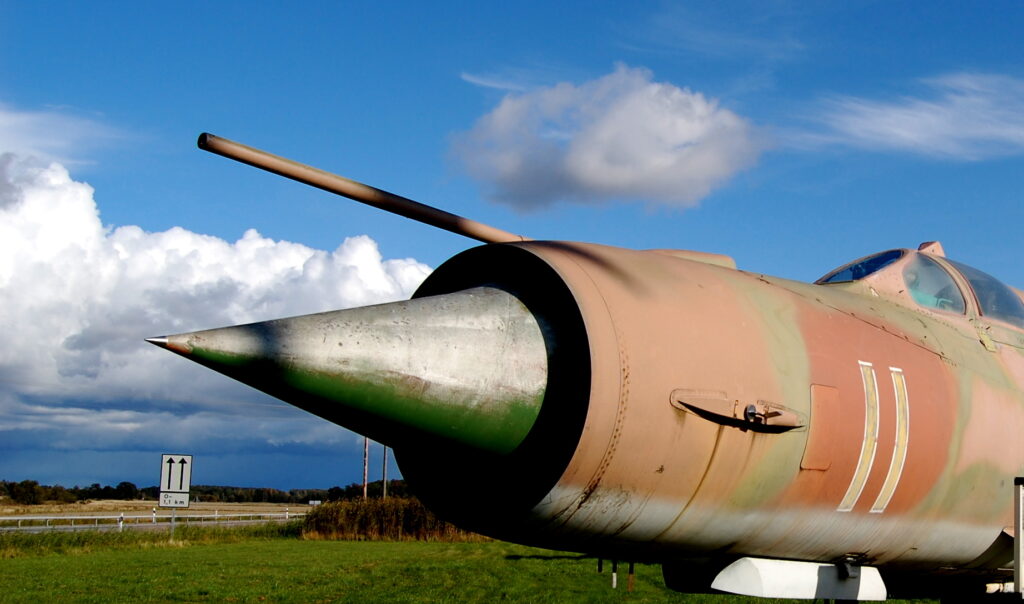There are those nice little times when two things you like converge. One of the things I like is alternate historical scenarios, especially in military history. I thrive in subreddits such as ”HistoryWhatIf” and many of the scenarios I write for games touch upon wars or military campaigns that never happened. The second is thrift stores. You never know what you will find and sometimes you end up with something that just appeals to you right from the start. And that is how I found myself bringing this book home with me in my back for just five bucks.
As described above, I am not new to the realm of alternate history but I feel obliged to mention the primary concern I have with almost all scenarios – that they almost always turn to the extreme; either in the best case or worst case. This is usually because the people responsible for the scenario is trying to prove a point or alter some political decision they disagree with. This book with each segment written by different authors and edited by Peter G Tsouras goes both ways.
The scenarios themselves represent a good selection of what could have gone wrong with the Cold War and turned it up a notch; that said few of them are genuine doomsday scenarios. As one of the scenarios state – even paranoid people are not suicidal – and I felt the escalation tension present in many of the stories to be the most realistic part; how the desire to not lose face in front of an imaginary world opinion (that just wants the entire things to stop) prevents a scenario where both sides just cease and desist.

The extremes I mentioned earlier are present in two scenarios where the Quebec insurrection represent the worst case and essentially requires NATO to fall apart at the seams to work. At the other end of the spectrum – the wishful thinking one – we have a successful invasion of North Vietnam; the dream of the US Military who once and for all wanted to end a war limited by political interference.
The scenarios are otherwise interesting and well written; to the point that it sometimes hard to difference where the alteration from real history begins; even though this is helpfully explained at the end of the each chapter, alongside footnotes pointing at fictional sources such as news articles or books that does not exist. They do however focus more on the tactical side, happy to describe battles in detail and while I enjoy that, a view into the politicians ability – or inability – to manage the crisis would have been interesting as well.
At the end of the day, its a fun little book that like all other chapter divided books would work well as an audio book or as a podcast. Reading it the ”old fashion way” works too and if you have any interest in alternate history, you can absolutely pick worse options. The flawed logic and sometimes mediocre writing does not take away some of the interesting points raised by the authors.